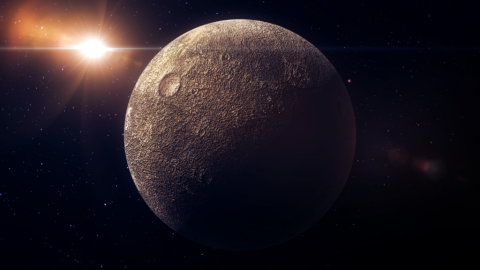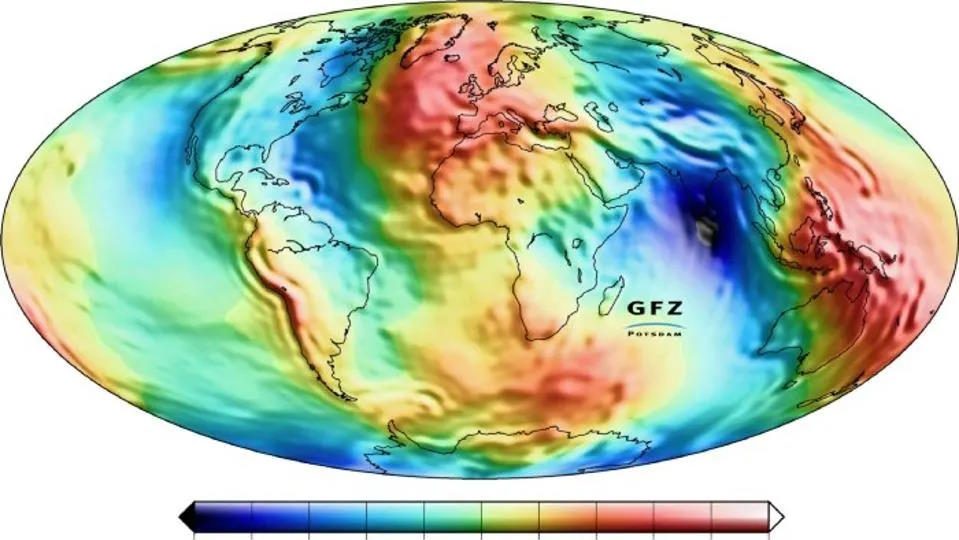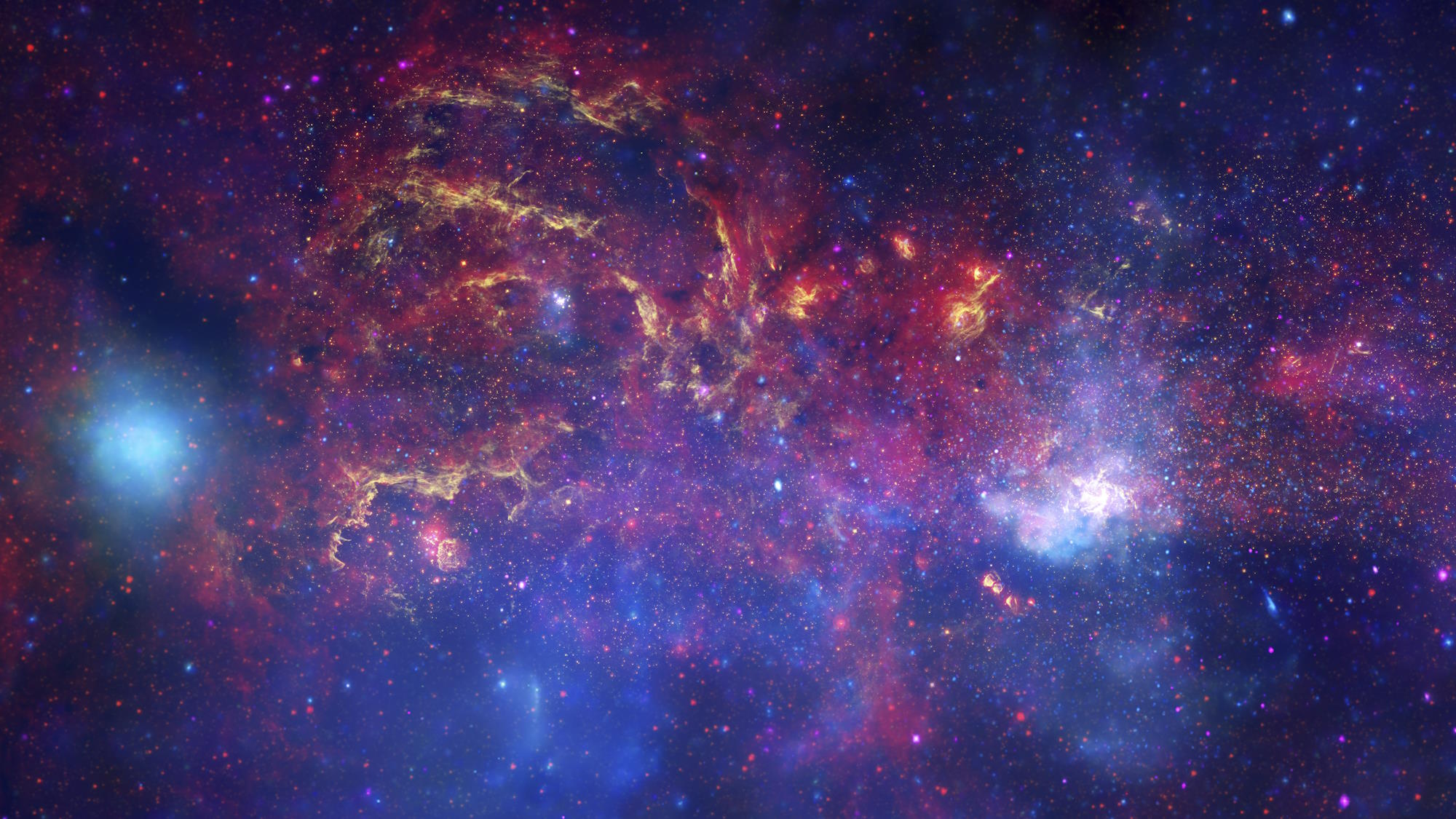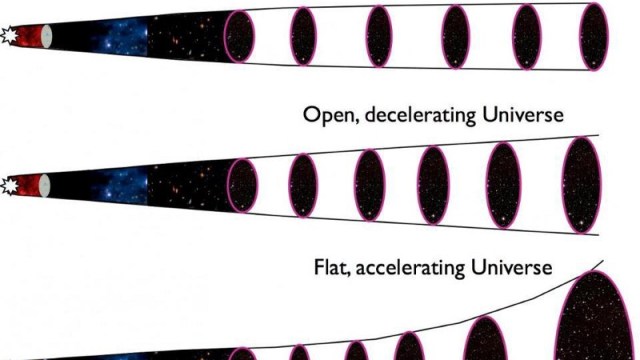The joy of finding out

What’s the hardest thing about being a scientist? Is it the years and years of training with no certainty that it will ever lead to a steady job? Is it the endless hours of writing grant proposals, most of which will never be funded?
While those are certainly difficulties, I believe that the hardest thing about being a scientist is not be able to tell other people the immense and profound joy that comes through finding something out.
One of the weirdest things about research is the month-long rabbit holes you can find yourself scurrying down in search some elusive, arcane, but oh-so-important fact. When, after all those weeks in the darkness, you finally find your answer, it’s nothing less than soul-satisfying. The pleasure that comes in these moments is deep and rich—and really, really hard to explain to your loved ones, who are apt to look at you sideways when you try.
Let me give you an example.
For the last month I’ve been on the hunt for the answer to a simple question about asteroids—which is not a subject I’ve spent any time researching before. Asteroids are basically chunks of rock and metal orbiting the sun—basically “construction debris” left over from the era of planet building when our solar system was very young (about 4 billion years ago). Since then, asteroids have been moved around via gravitational nudges from the planets—including the many in the Asteroid Belt between Mars and Jupiter.
Occasionally, asteroids slam into each other, creating smaller bodies—which is why there is a wide range of asteroid sizes, running from a few hundred meters all the way up dwarf planets with diameters of 1000 km like Ceres (shown at the top of this page). Smaller bits of rock—meteoroids—are as small as sand grains floating in space, and the line between them and an asteroid is a matter of definition.
So why was I thinking about asteroids and what was my question?
Don’t laugh, but I wanted to know which asteroids would make good space stations. Seriously, the idea of hollowing out asteroids and using their interiors for human habitation has gotten a lot of ink over the last decade. I first read about it in science fiction books, and then it popped up in a few scientific studies.
My question was simple: How many asteroids could serve as space habitats?
Running into rubble
I soon learned from Alice Quillen, my fellow prof at the University of Rochester, that most asteroids are not made of solid rock but of rubble piles. A rubble pile is basically a bunch of debris held loosely together by its own collective, weak gravity. They’re not solid, and wouldn’t offer any structural stability, so you wouldn’t want to use them as the basis for space-station construction.
Bummer.
But digging deeper, I learned that only smaller asteroids are expected to be rubble piles. The larger ones are believed to be solid rock. So now I needed to know how many “large” asteroids are in the solar system—that is, once I understood what “large” meant, in terms of diameter. Given that asteroids are a pretty well-studied subject—via years of telescope and space probes—it was a question that had to have an answer.
The rabbit hole was now open.
I needed to know the cut-off (in size) between “small” (rubble-pile asteroids) and “large” (solid ones). Once I knew that answer, I could feed it into mathematical models and projections to learn the total number of large, solid asteroids out there.
Simple, right?
Nope. I could lay out the exact path I took through the scientific literature on my way to the answer, but I’ll tell you this much—it wasn’t a straight line. There were lots of problems. Different scientists had different opinions about where the rubble pile limit was in terms of asteroid diameter. Then came finding the right mathematical form, which was already spelled out in lots of papers. The only problem was getting the “constants,” the numbers that don’t change, in the equation. That took some hunting too.
The thrill of the hunt
But here is the thing: All that hunting, all those hours reading papers, review articles, and websites—it was all soooo much fun. I was always learning even when I was going down a dead end. And when I found some number or mathematical expression that got me a little closer to where I needed to be, it felt like finding a nugget of buried treasure.
And then, finally, I stumbled on a NASA JPL website that gave me everything I needed. (If I’d been an expert in the field, I would have known it existed from the get-go. Sigh).
So, I’d found it. I found my answer.
If we say the cutoff diameter between rubble pile and solid asteroids is 50 kilometers (31 miles), then there are about 800 asteroids out there waiting to for us to build cozy habitats. Now, the big asteroids might be problematic for setting up shop for their own reasons.
But the point here is not the number, but the exquisite joy I experienced for just a few moments when I found the number. It was truly a beautiful thing that has to be experienced to be appreciated. I felt like I’d learned something valuable, like I had gained some key insight into the nature of the world even though I knew 99 percent of the world likely didn’t care.
So, it’s that feeling, that sense of joy that you can’t explain to anyone but another scientist. That is hardest thing about the job.
I hope you can find your own form of this feeling in your own life, because there are many versions that come from making art or music or cooking or gardening, or whatever is your thing.
The process of learning—particularly that eureka the moment of discovery—is about the best thing imaginable.
The post The Joy of Finding Out appeared first on ORBITER.





